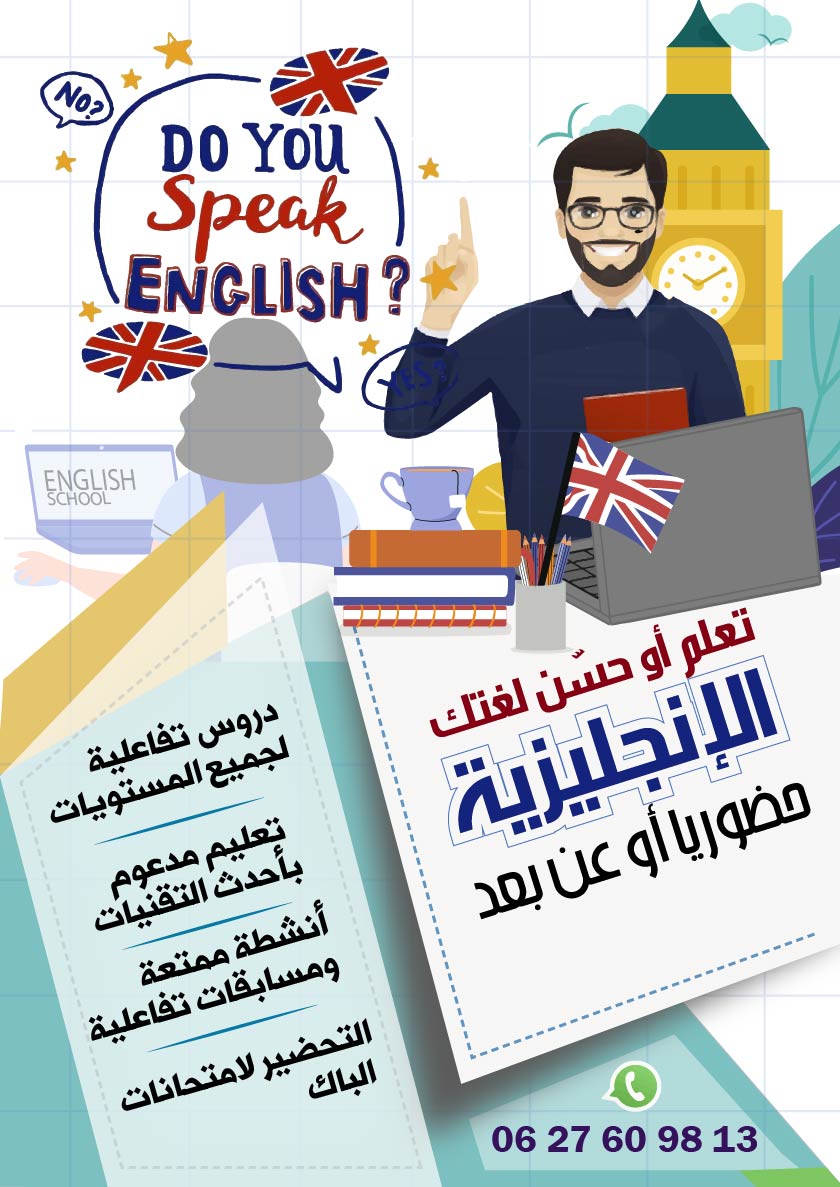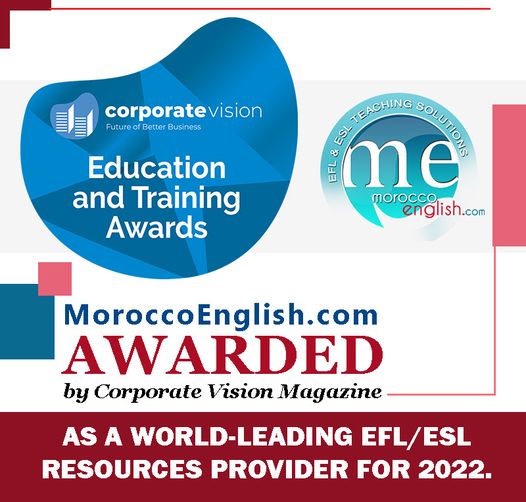
Engaging students to learn and reflect on their own learning while keeping them focused for some time in the classroom is no easy task. Fortunately, there are a variety of strategies that a teacher can use to keep students involved actively in the classroom. Among these strategies is brainstorming. Now, what is brainstorming? According to Webster dictionary:” Brainstorming is a group problem-solving technique that involves the spontaneous contribution of ideas from all members of the group.
Consequently, if you happen to be a teacher, namely a foreign language teacher and you have never experienced the joy of brainstorming or you have never exposed your students to such a fruitful strategy, you have no precious idea what you are missing within the core of your mission. In fact, brainstorming happens to be a unique process where both teachers and students are engaged in debating a topic where all ideas are accepted. It is that feeling of tolerance reinforced with an environment free of judgement that encourage students to generate small and big thoughts about a topic based on their prior knowledge and life experience.
However, while brainstorming as a way of fostering ideas seem to be easy to some extend, a teacher who doesn’t plan to lead the discussion to a specific place is likely to find roadblocks in seeing tangible results. As a result, the teacher has to be very mindful about how the discussion may develop while the students are encouraged to think aloud and suggest as many ideas as possible. As a matter of fact, a rational progress of the discourse cannot be possible unless the teacher prepares a set of studied questions intertwined to each other in which the teacher plays the role of the facilitator and the instigator.
Furthermore, what is great about brainstorming in the arena of teaching and learning is the non-existence of any kind of pressure from either side. Indeed, brainstorming happens to help student-student and student-teacher relationships to get stronger as they generate ideas willingly and solve problems positively. In addition, the experience of listening to each other in a civic manner may urge a lot of productivity as well as creativity.
Now, when can teachers use brainstorming in teaching? Actually, brainstorming can be very beneficial when used in Pre-reading, Pre-listening and Pre-writing. As far as Pre-reading is concerned, teachers can raise questions that are central for the overall comprehension of a text and students try to give as many answers as possible. The questions must involve a wide variety of possible answers.
In short, the questions have to be somehow open-ended. With regard to Pre-listening, the teacher will have the opportunity to include discussion questions, true or false statements, vocabulary work, prediction tasks and guessing statements. Regarding Pre-writing, any topic selected by the teacher can be fully brainstormed individually, in small groups or the whole class to produce unlimited ideas where students are responsible in taking notes to prepare an outline and write the first draft where peer editing can be reinforced later on for the final product.
As a conclusion, whether it is brainstorming, self-learning or flipped classroom teaching, teachers have nothing to lose to try any way of teaching where more freedom is provided for students to learn, show, practice and acquire new skills through which they express their vision and dig deeper into their thinking to create a real storm within their brain that is likely to trigger their curiosity for creativity purposes.
Rabahi Yazid M.ED.
___________________________
Download The Article :



































